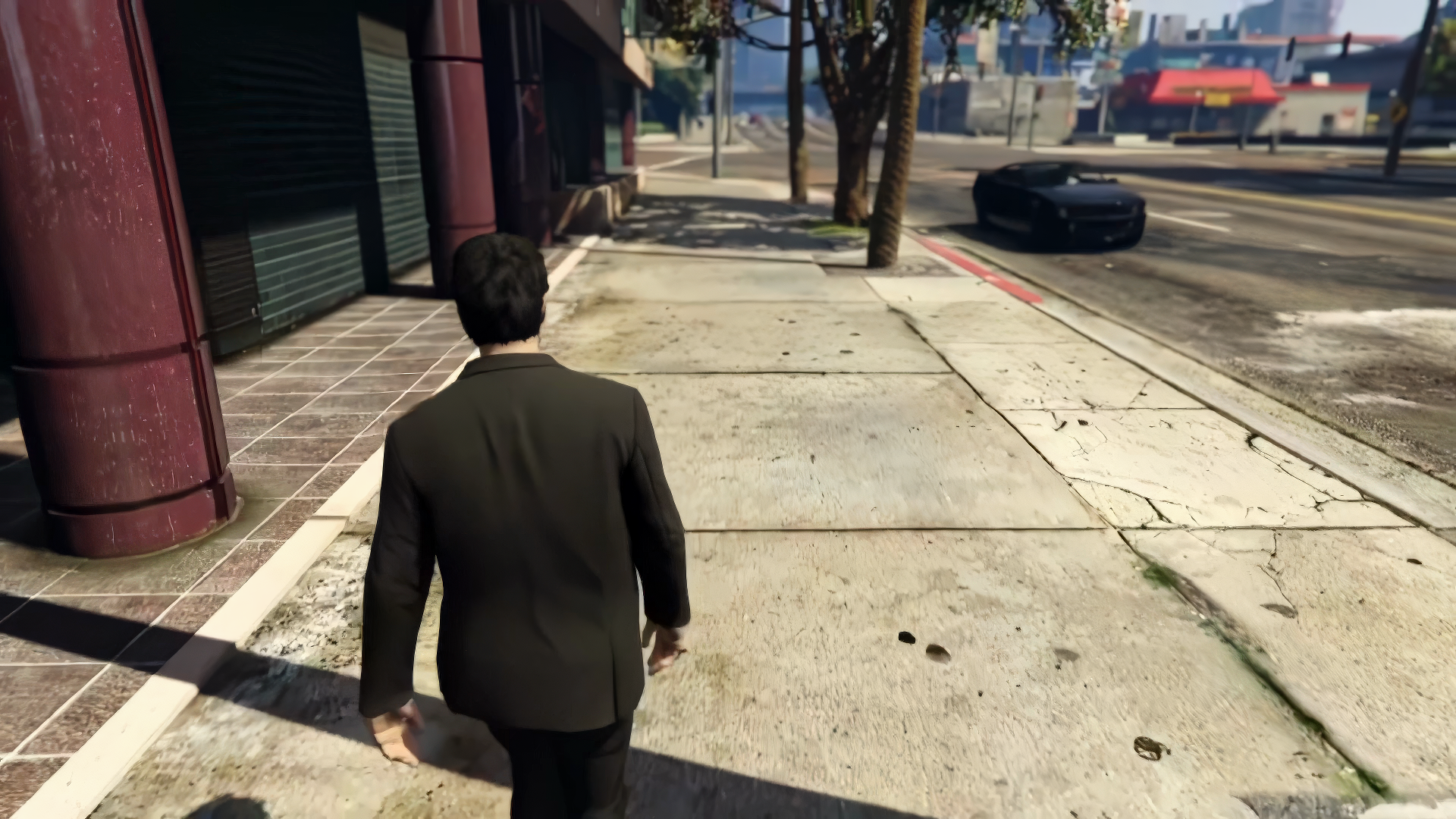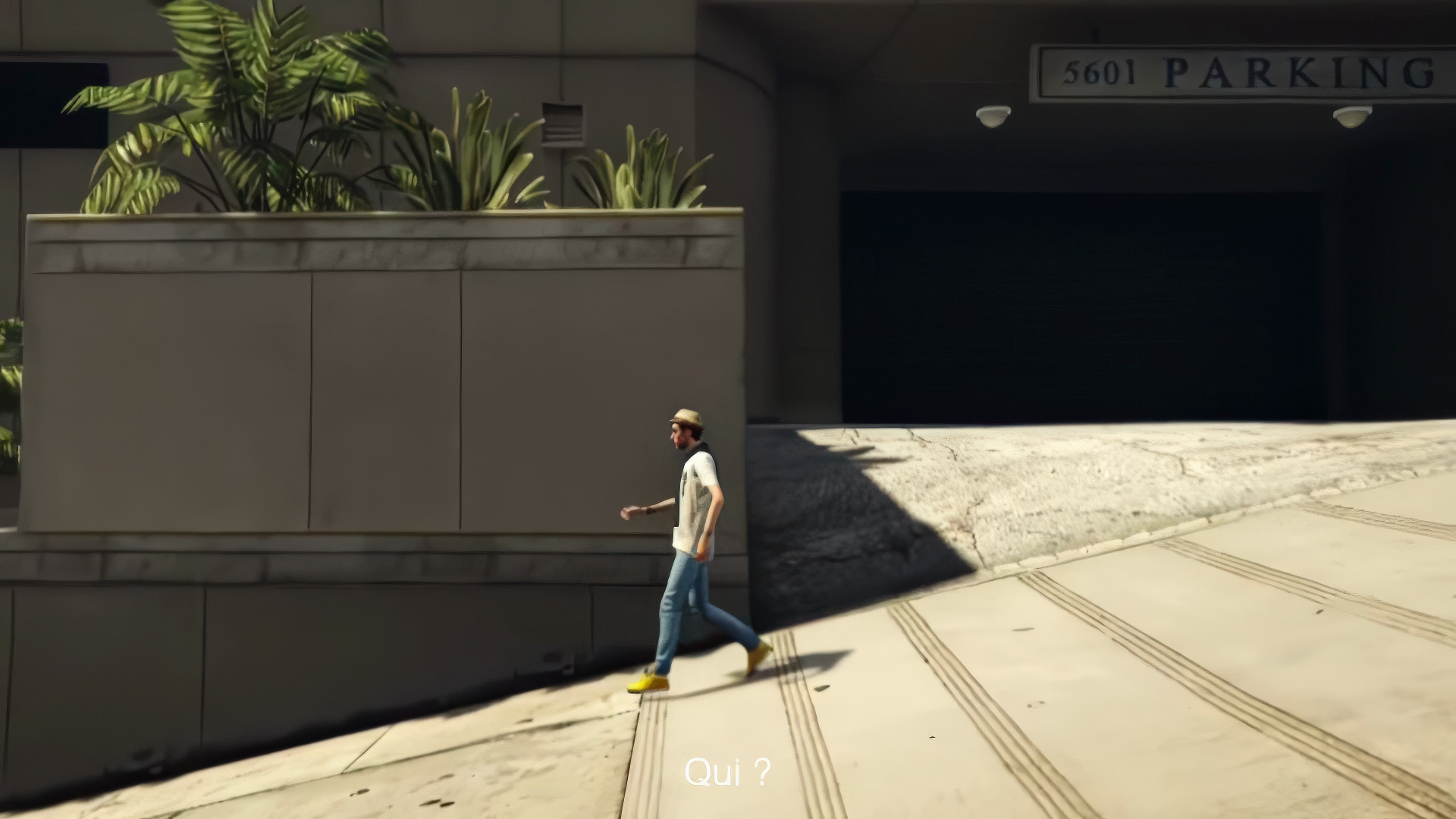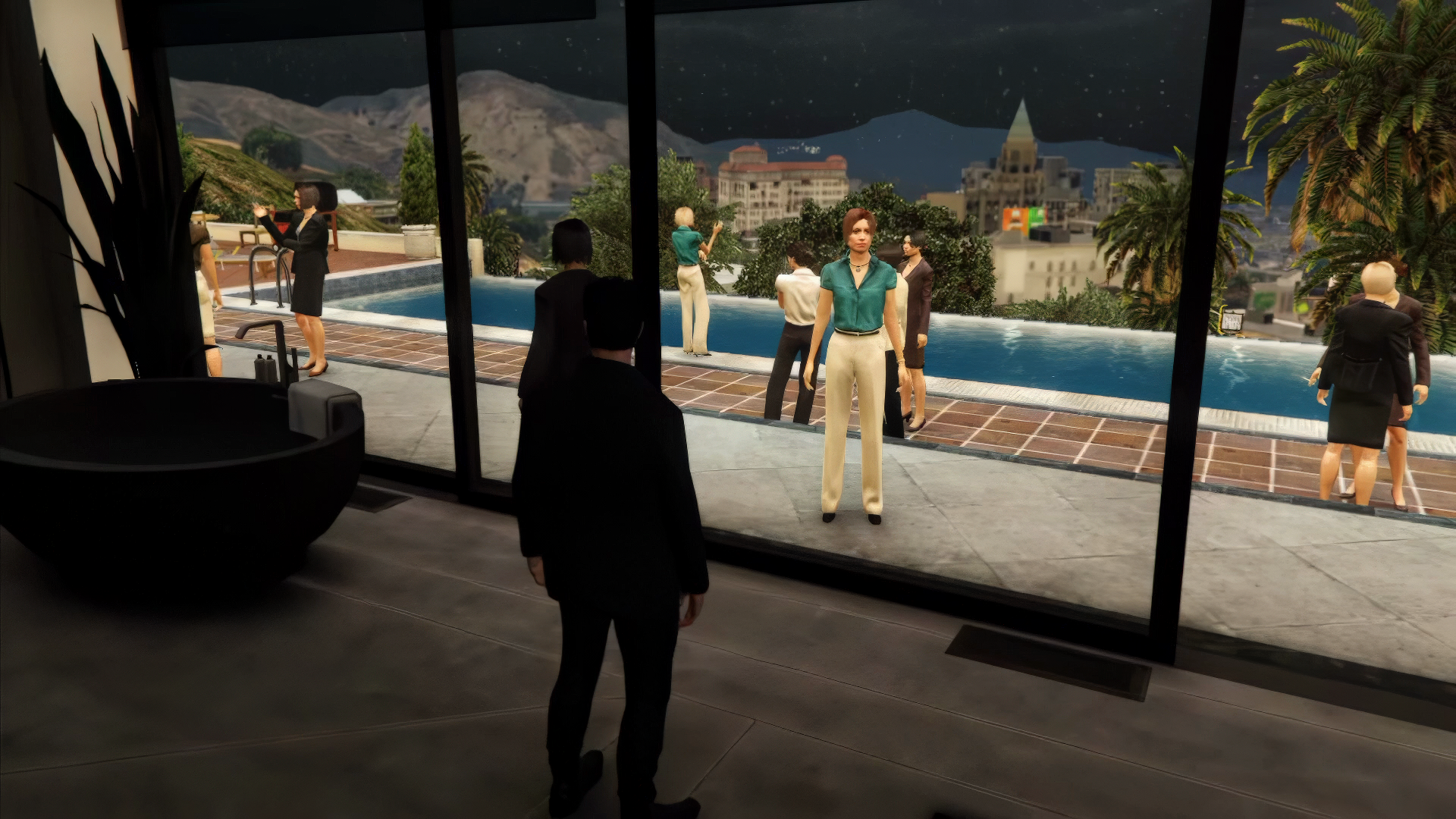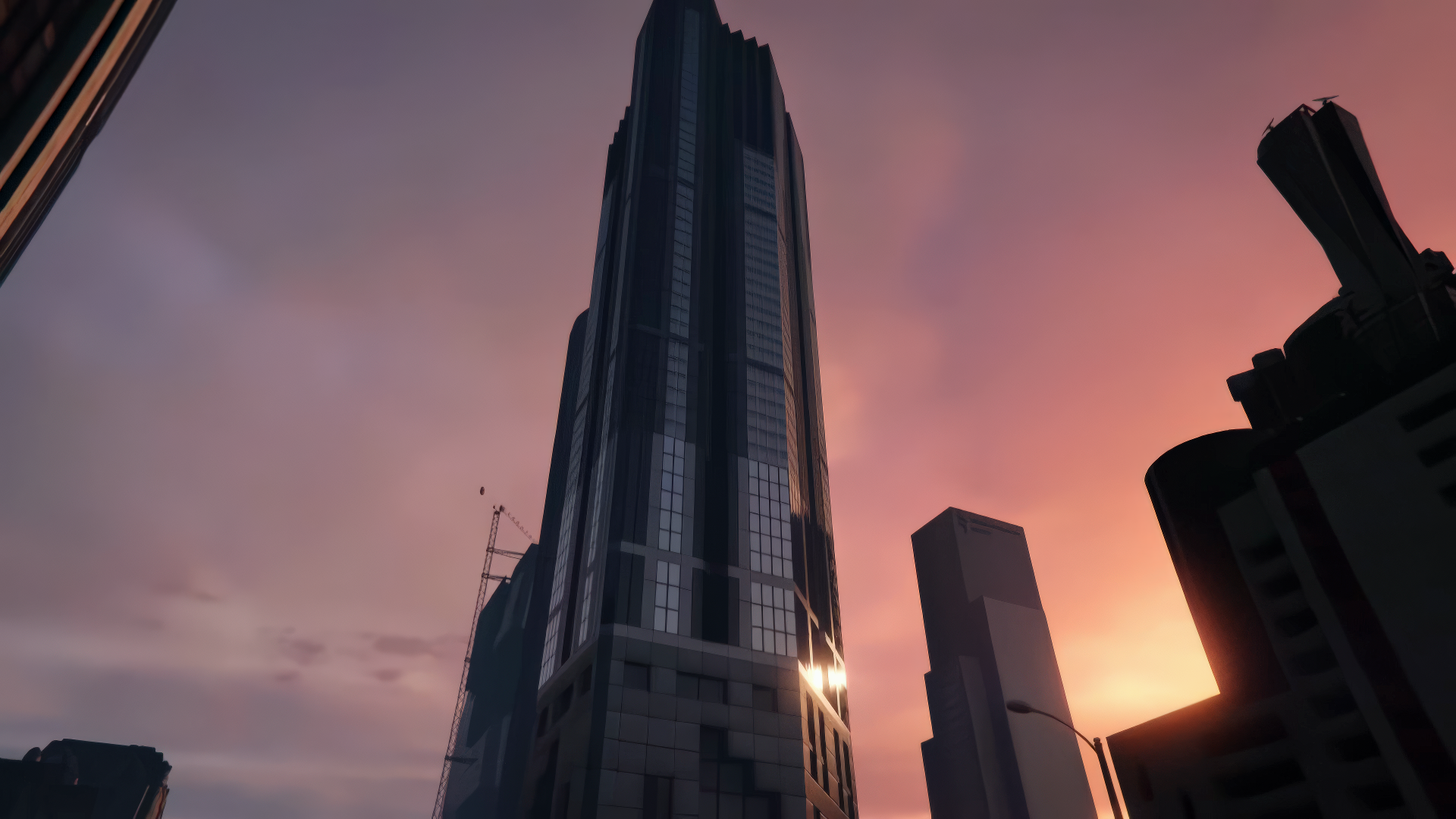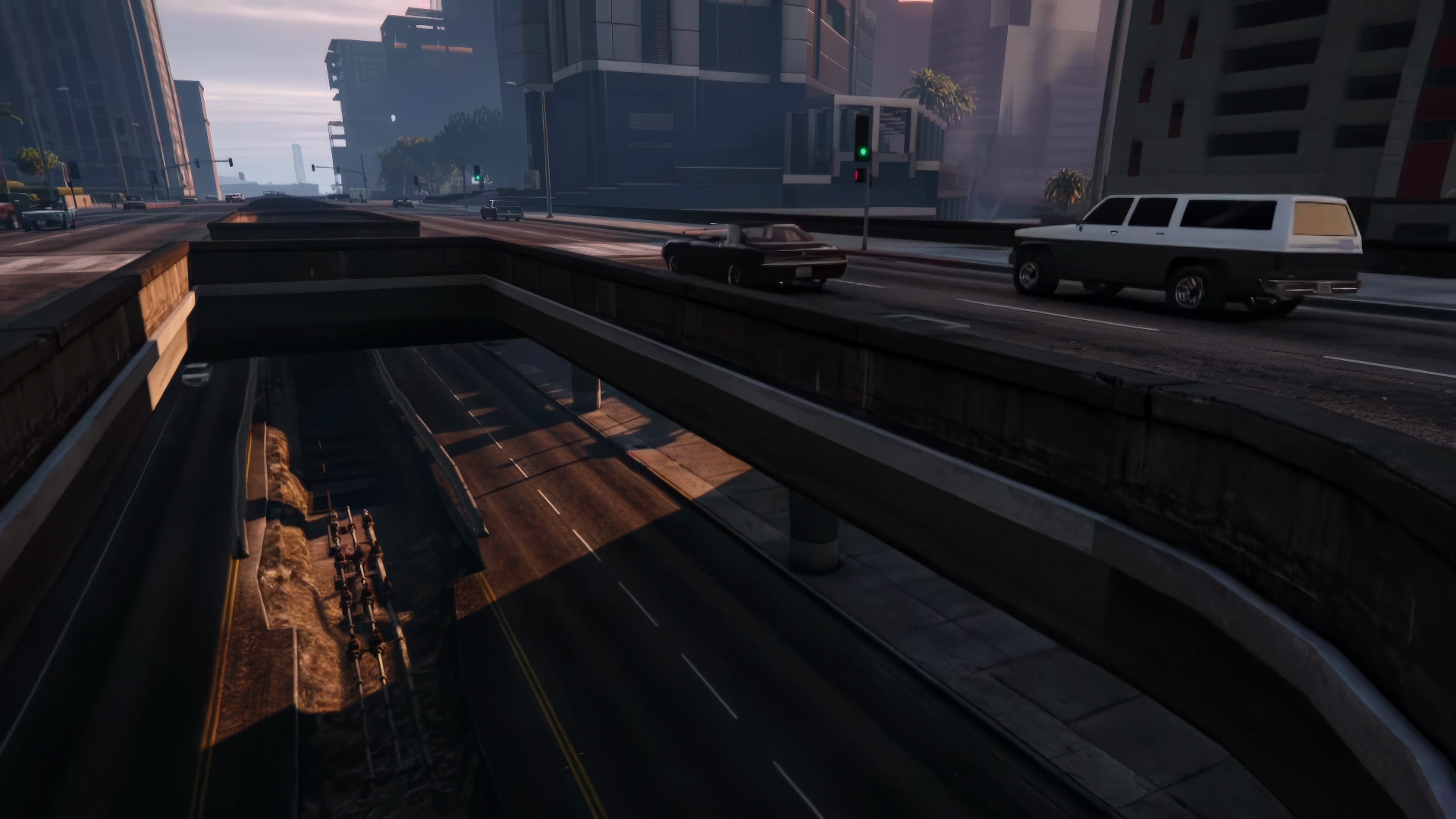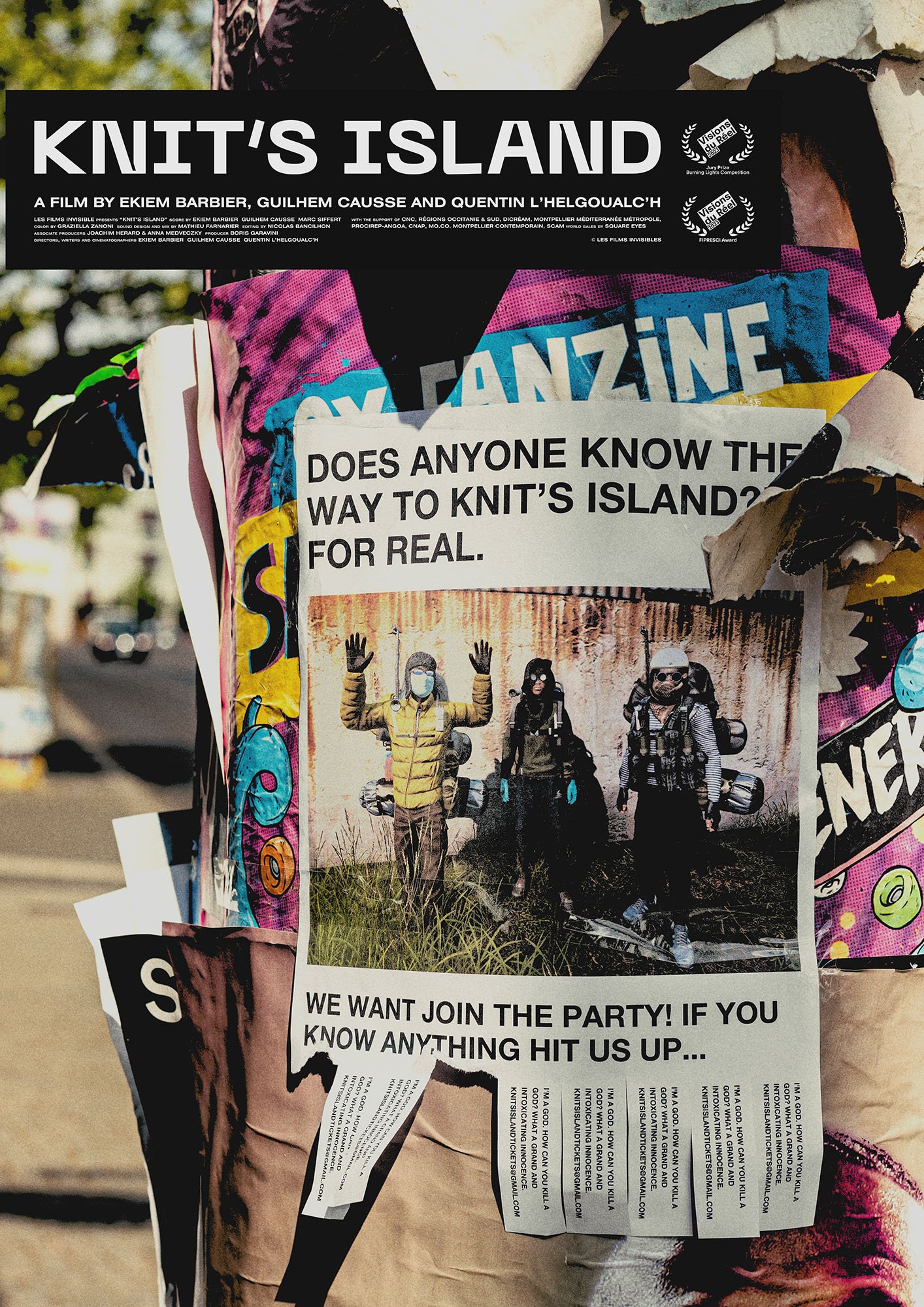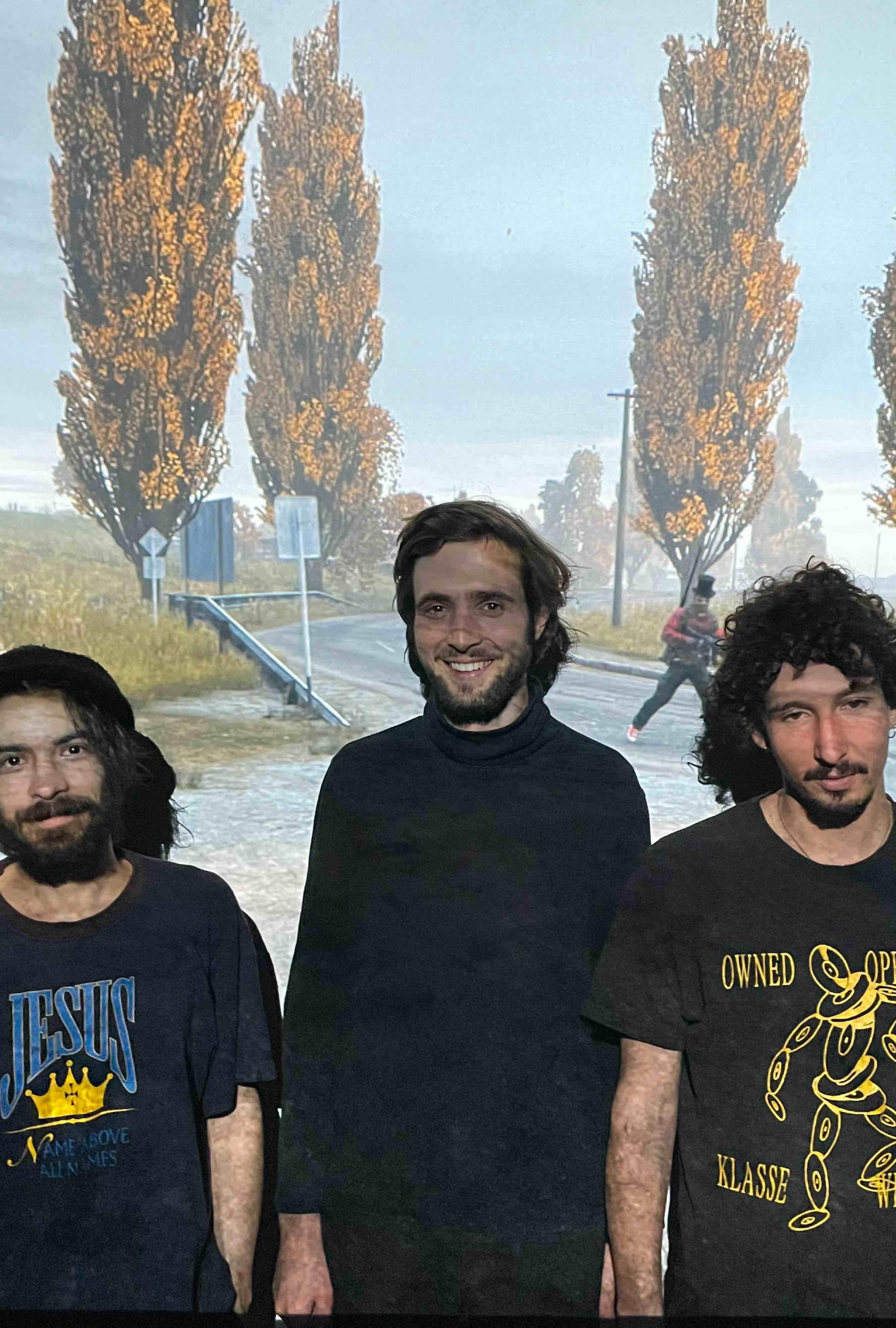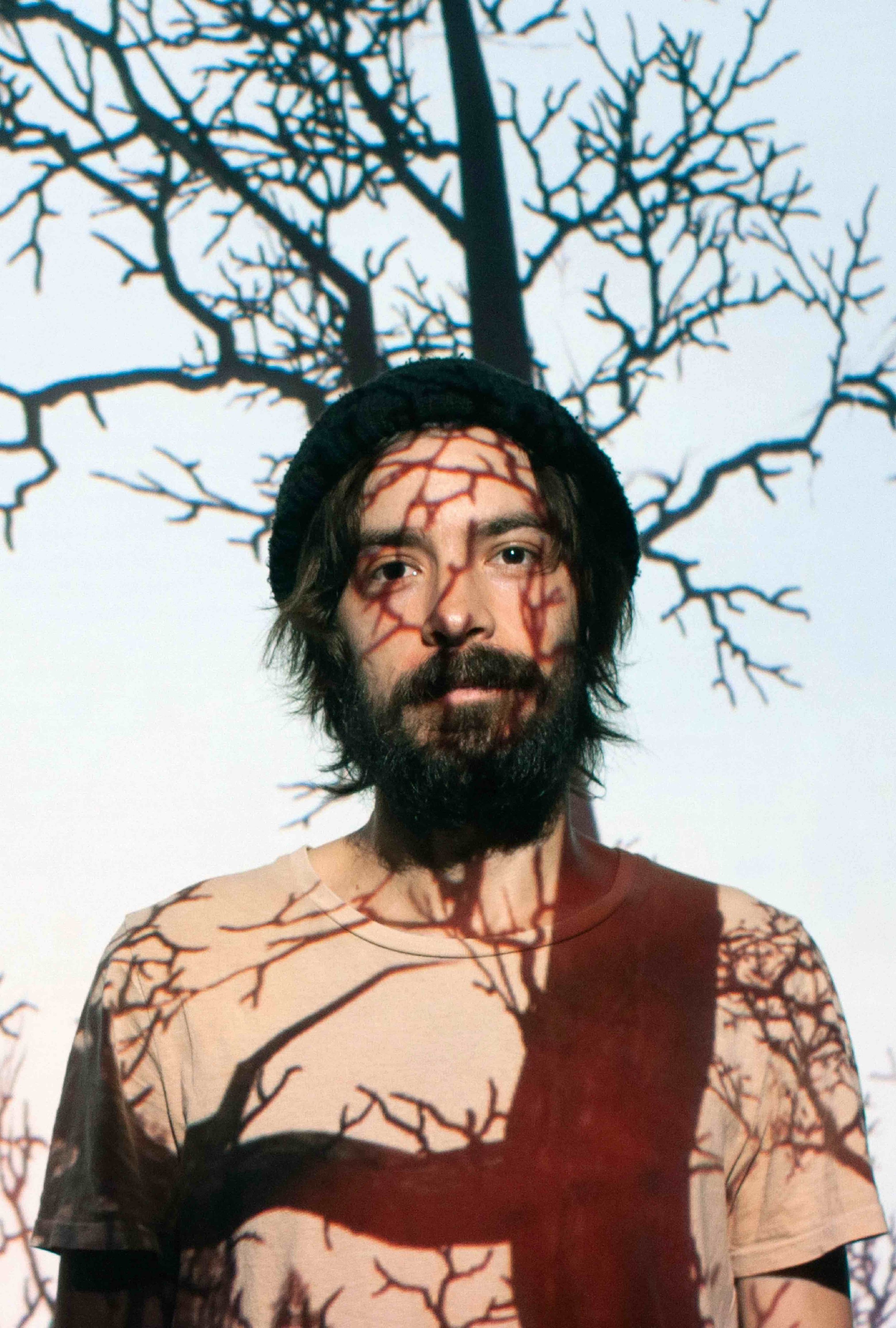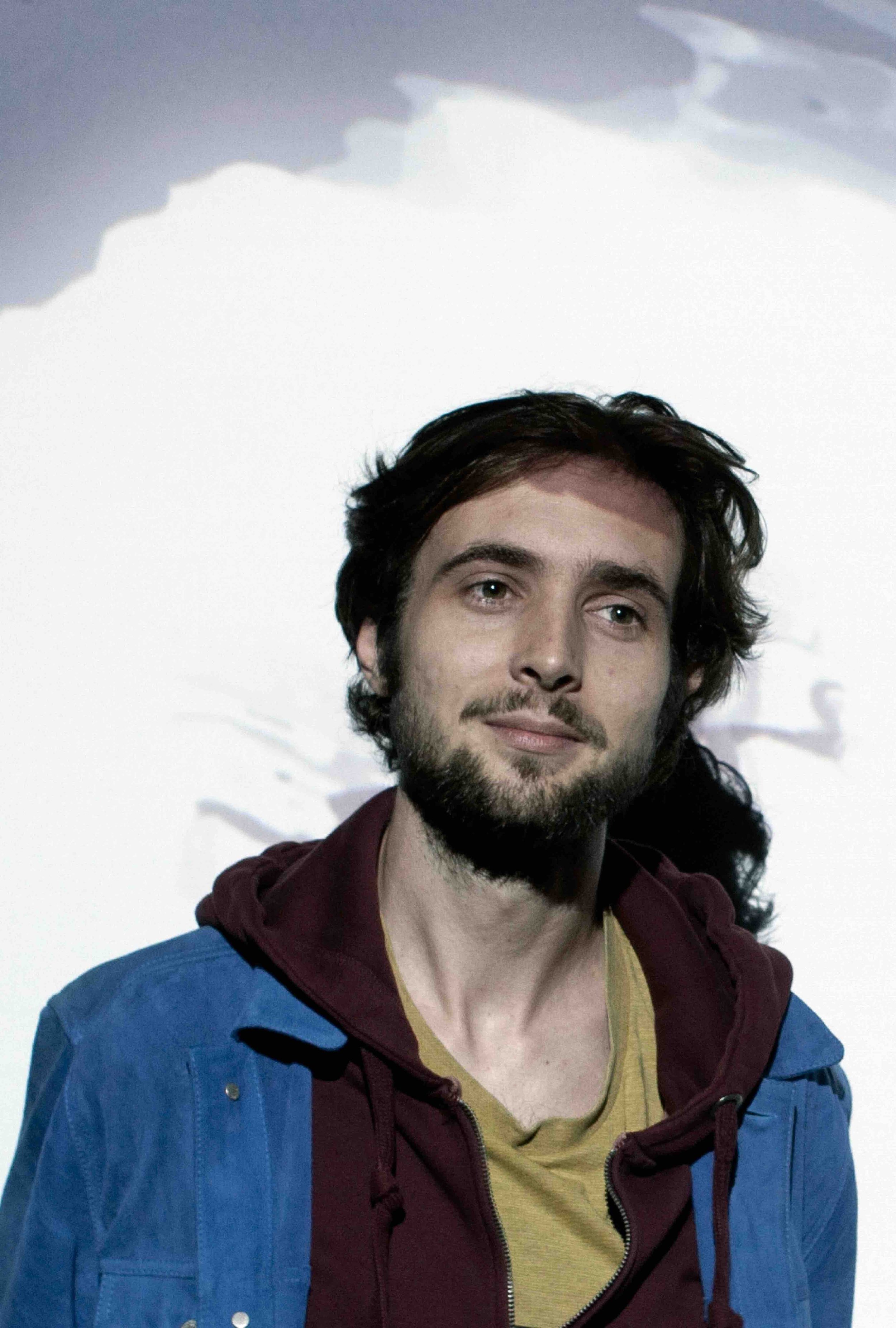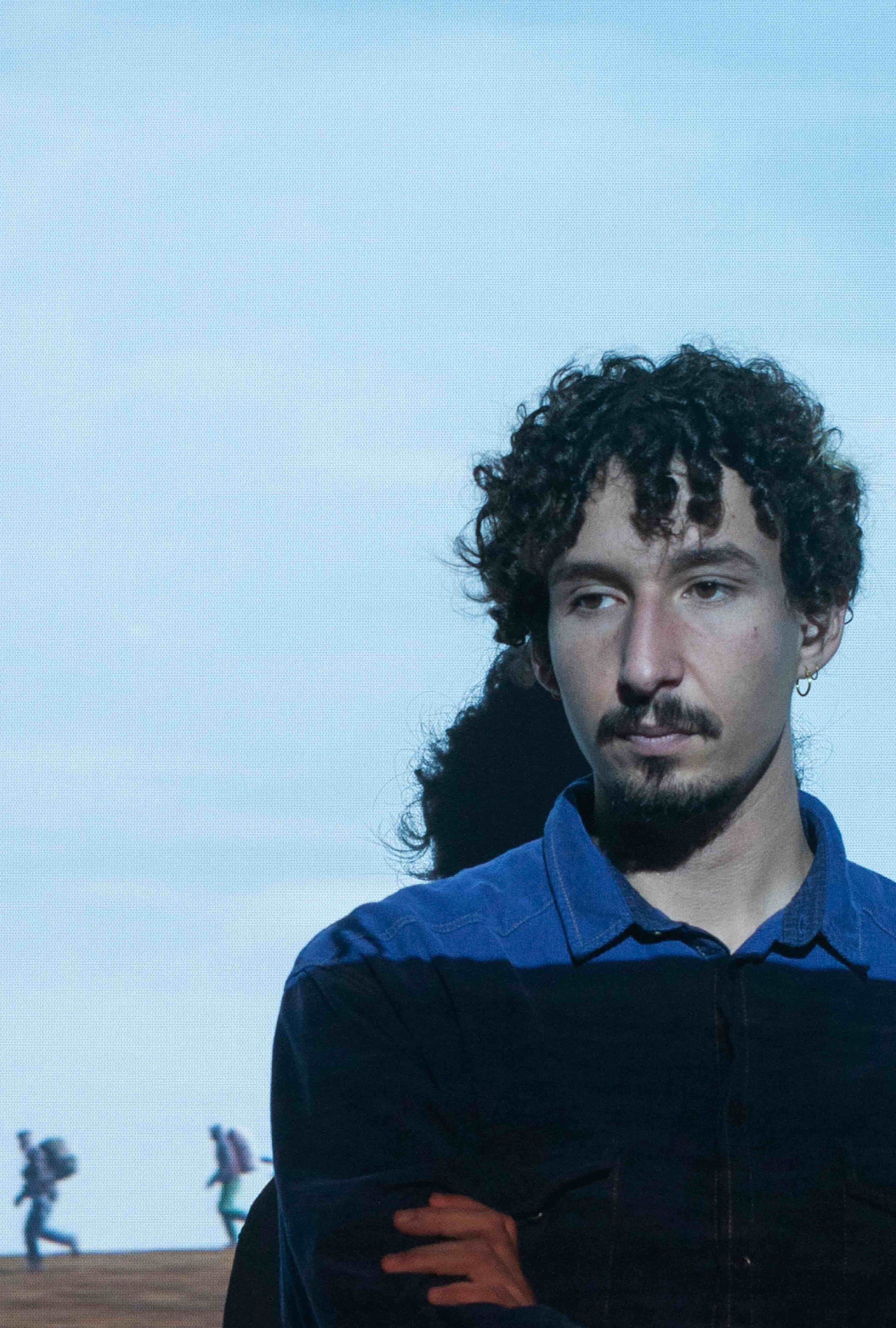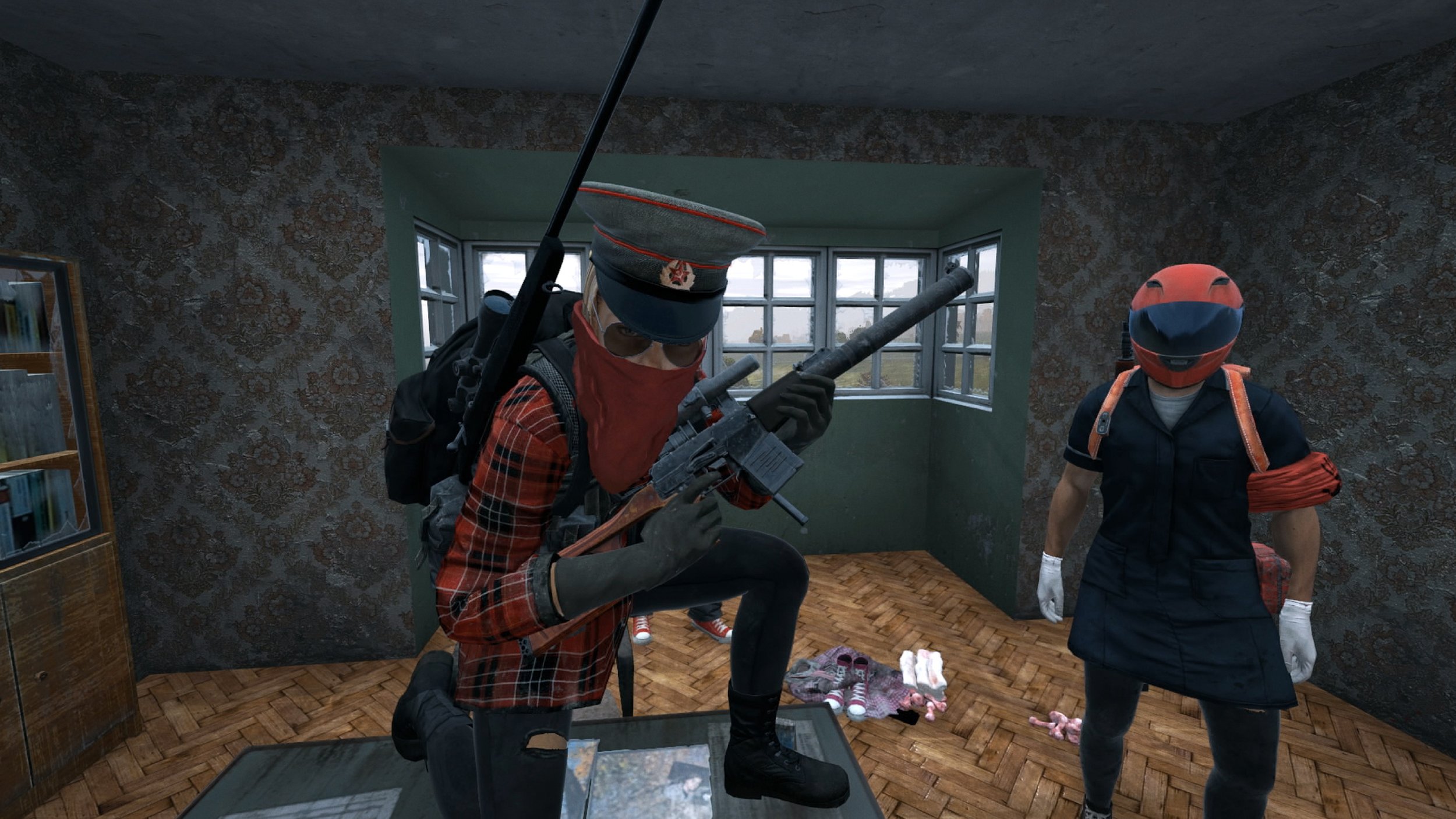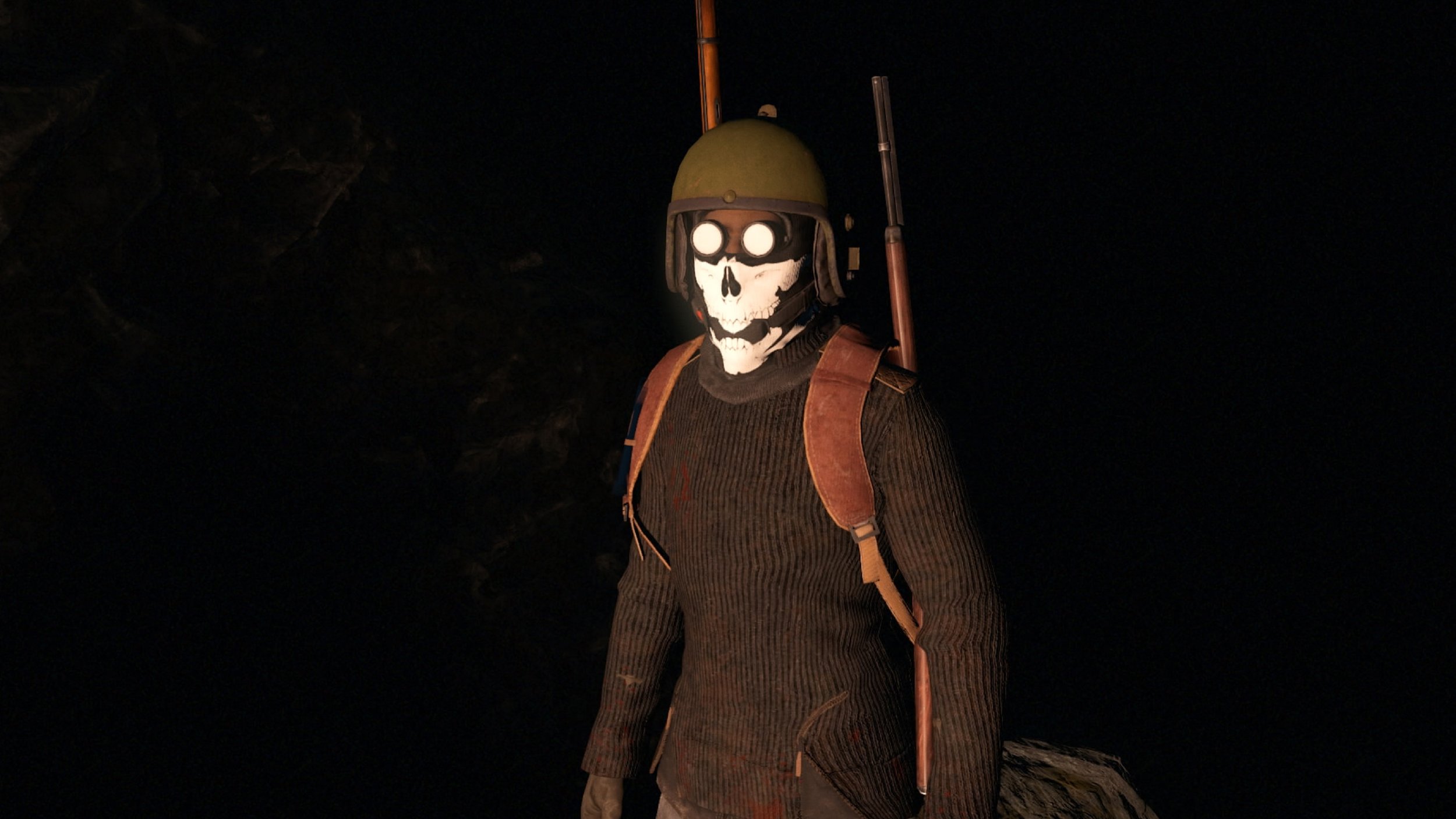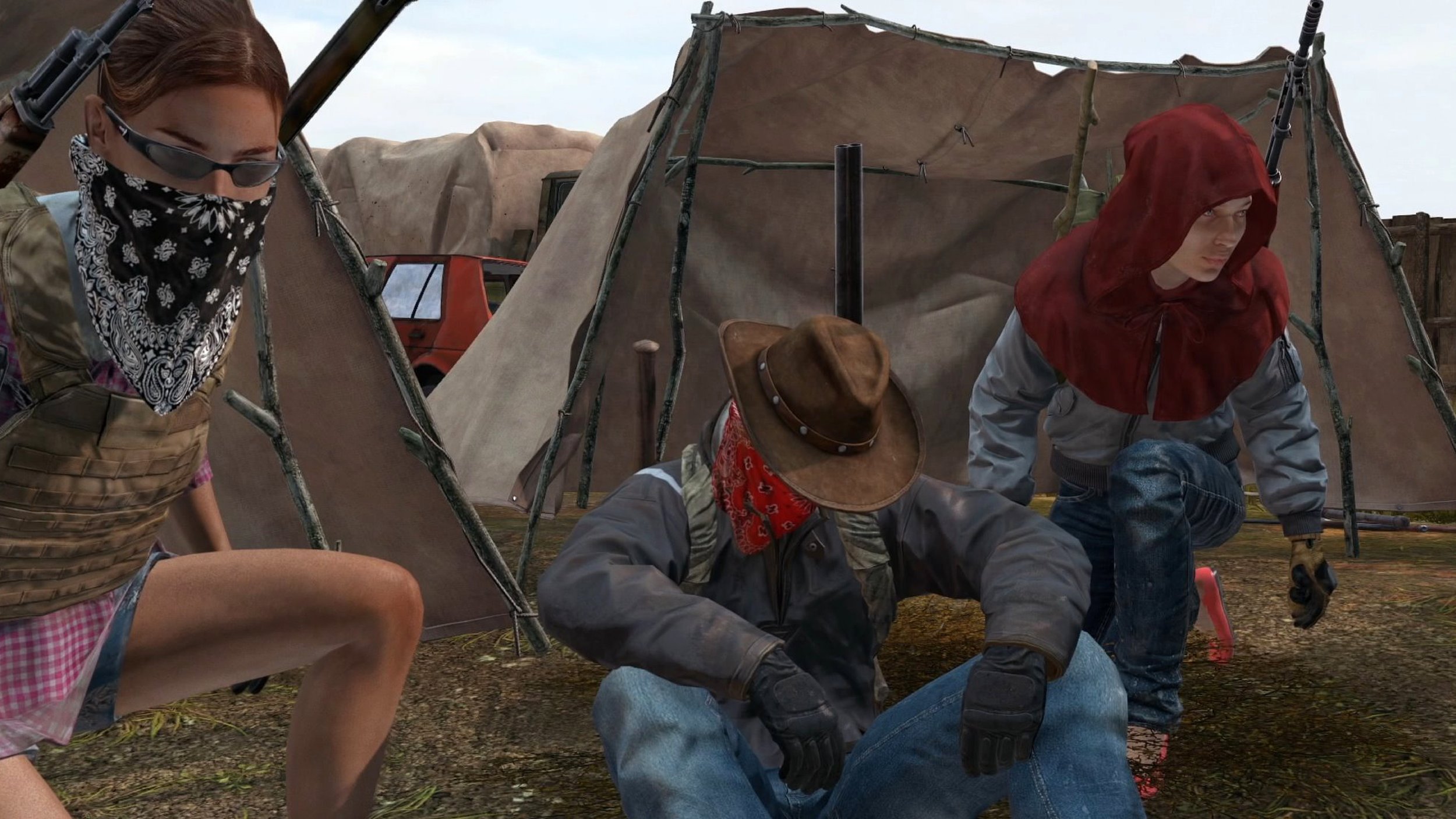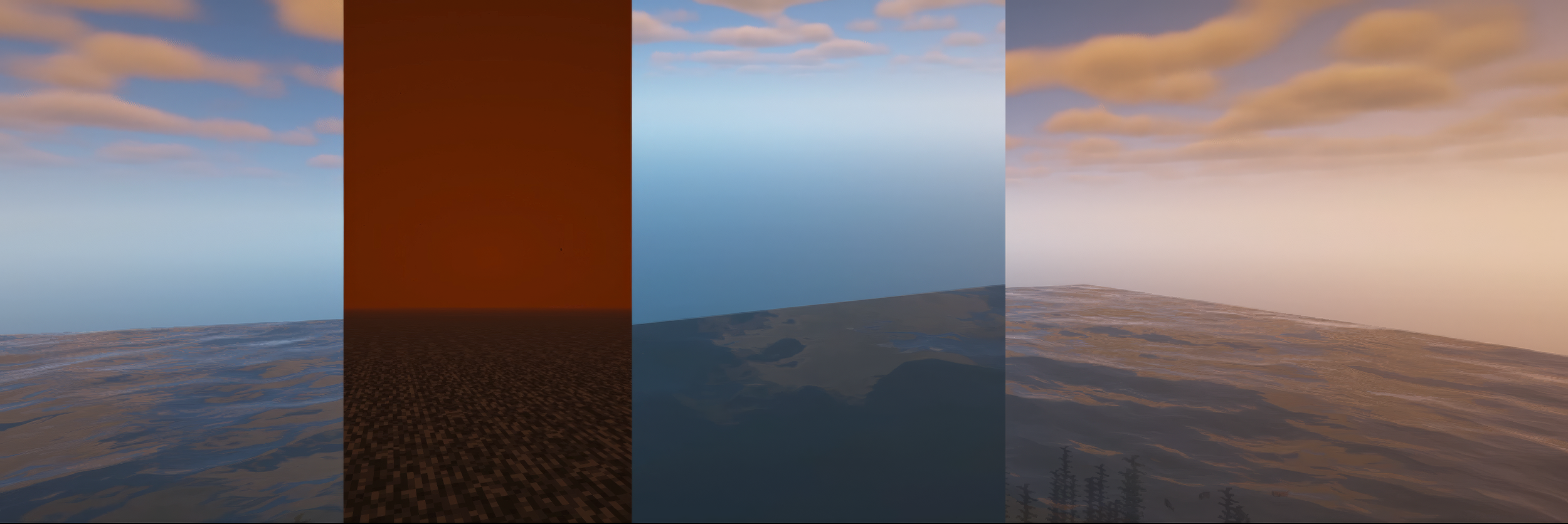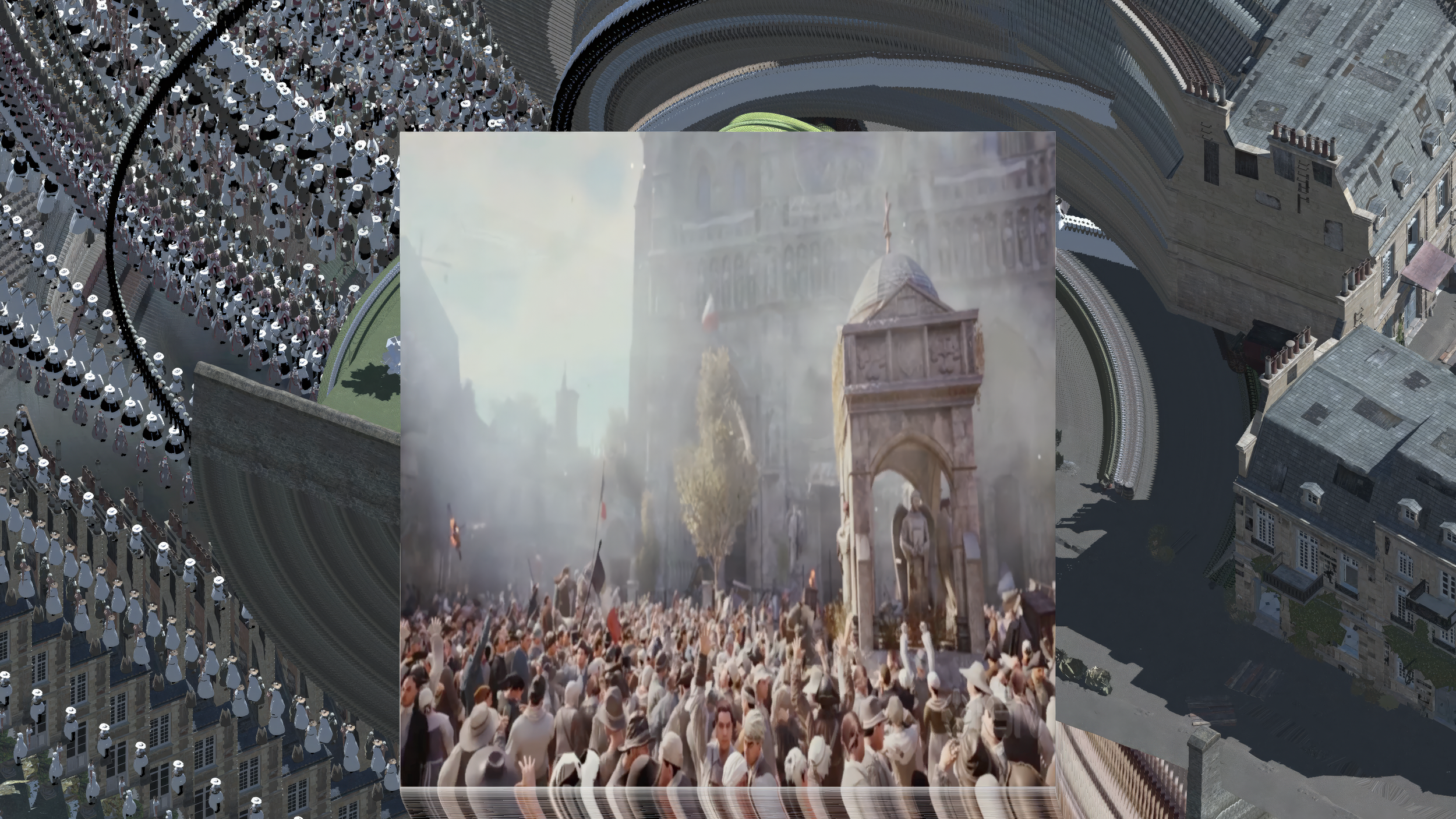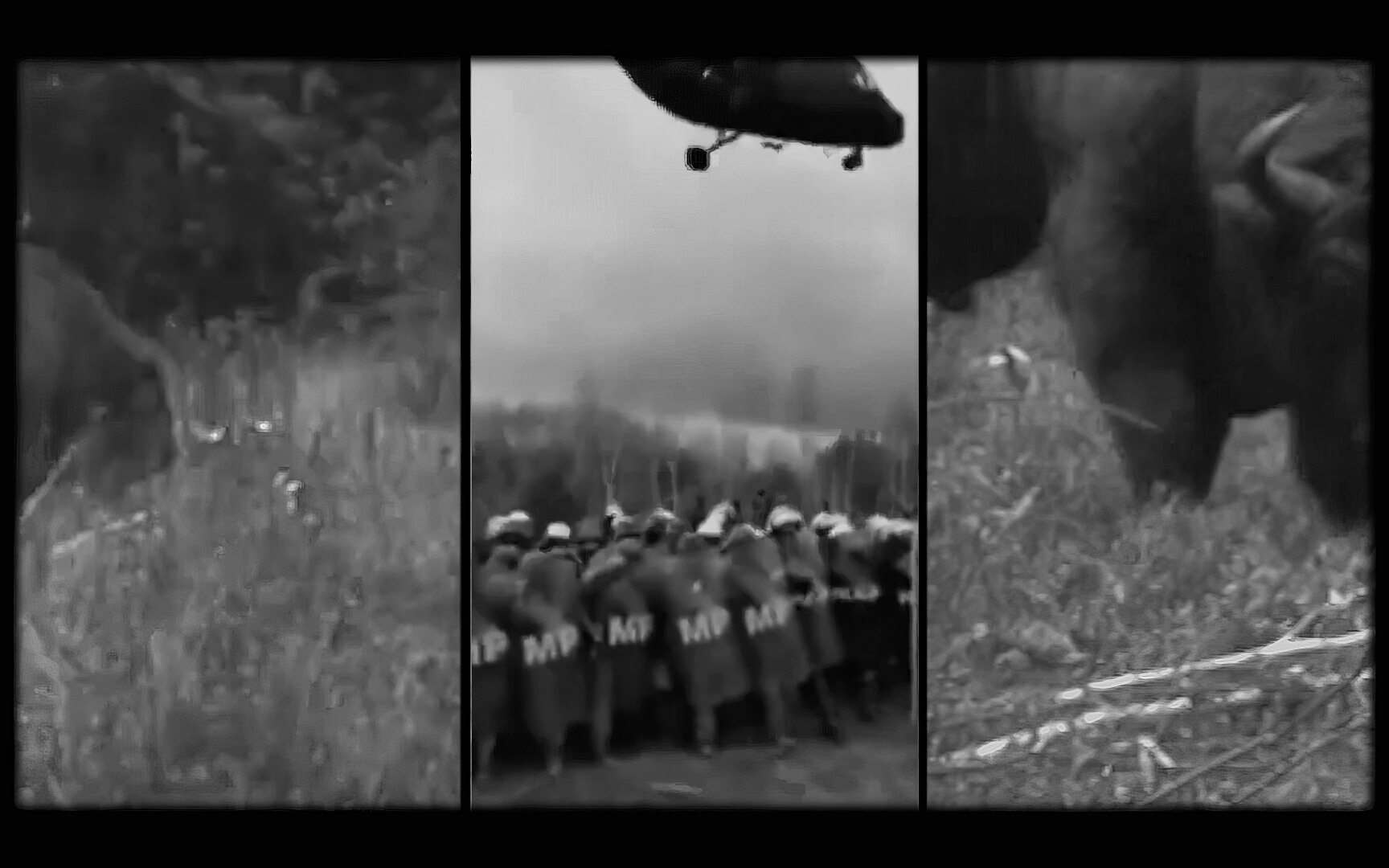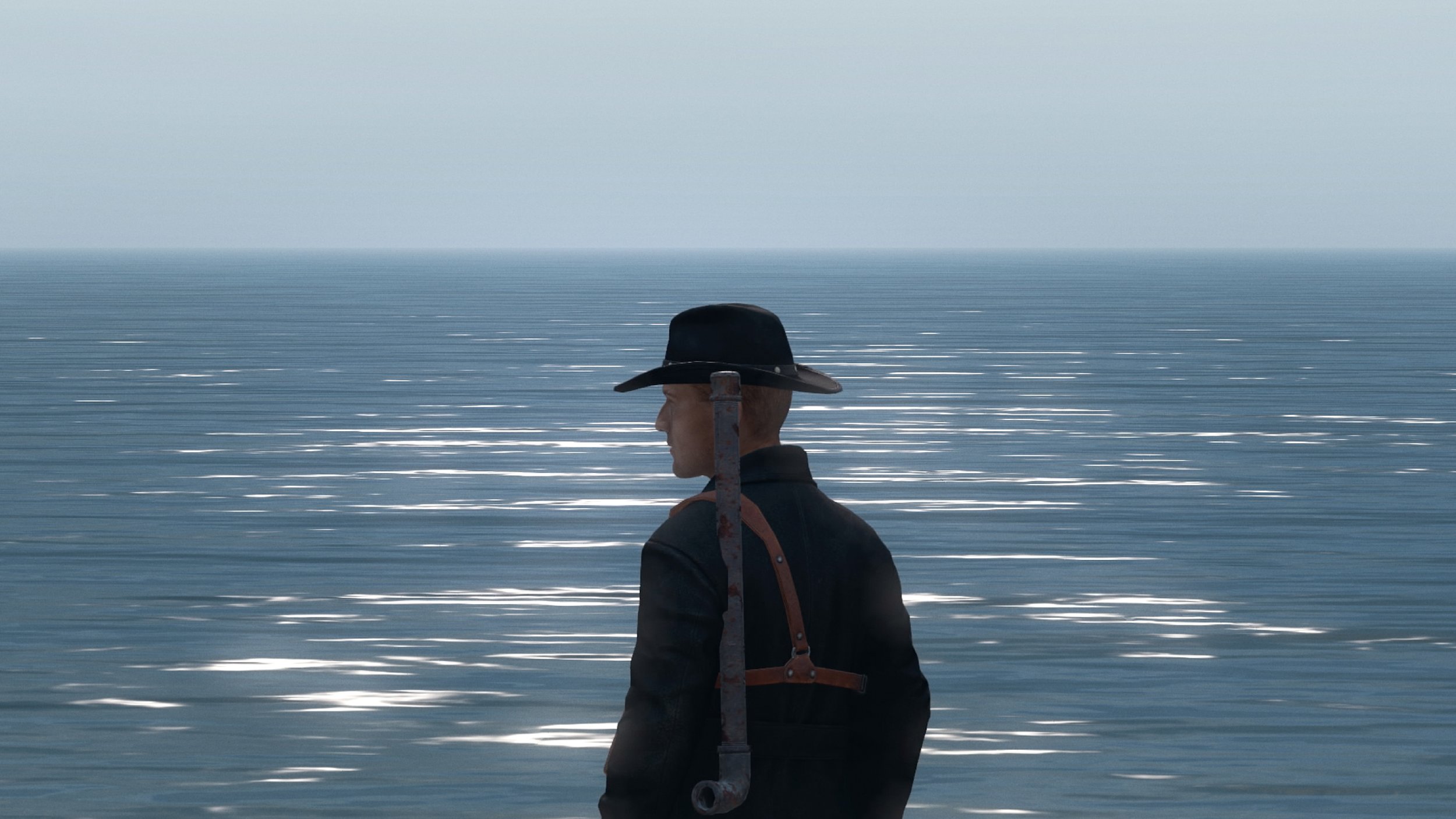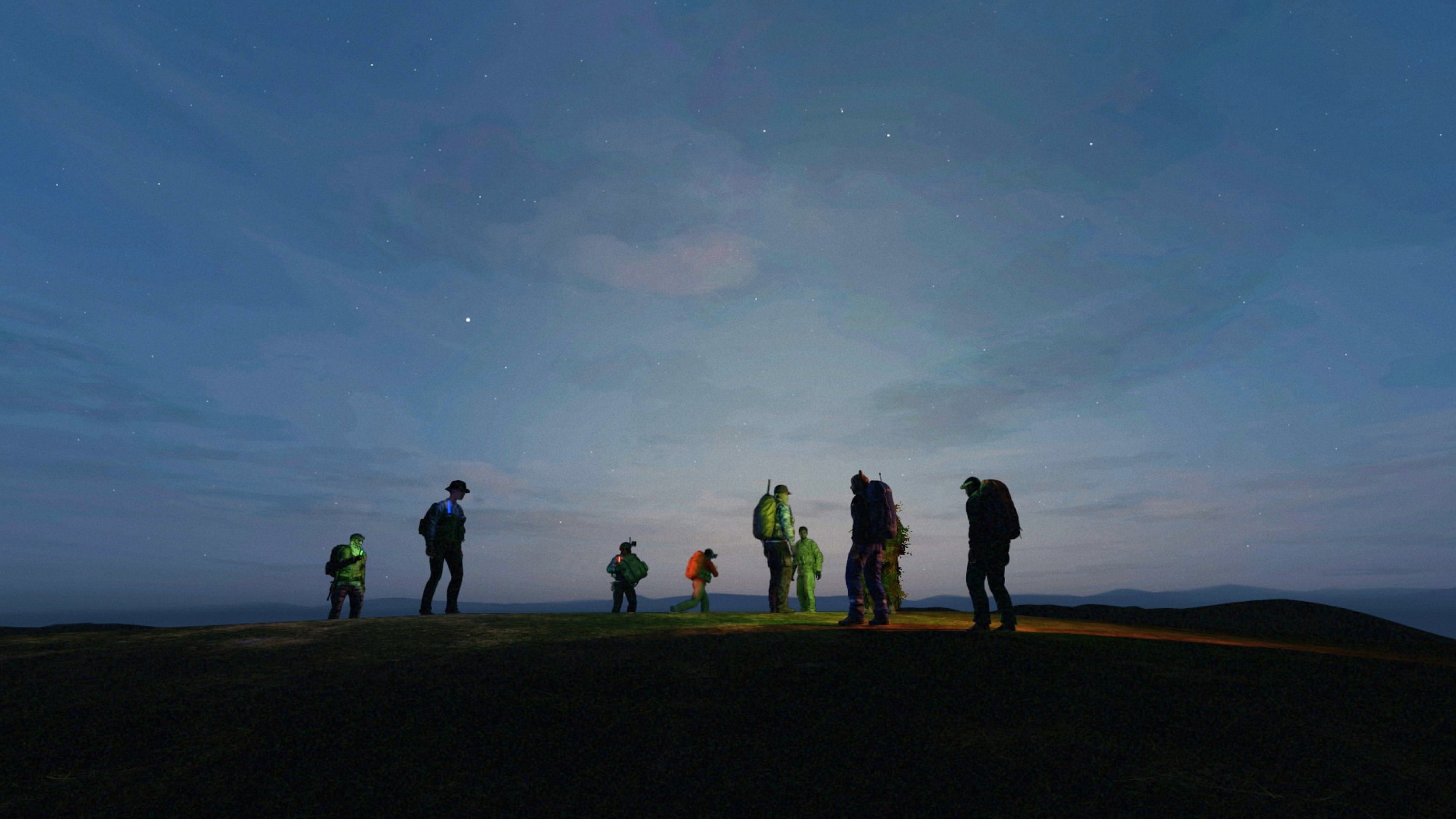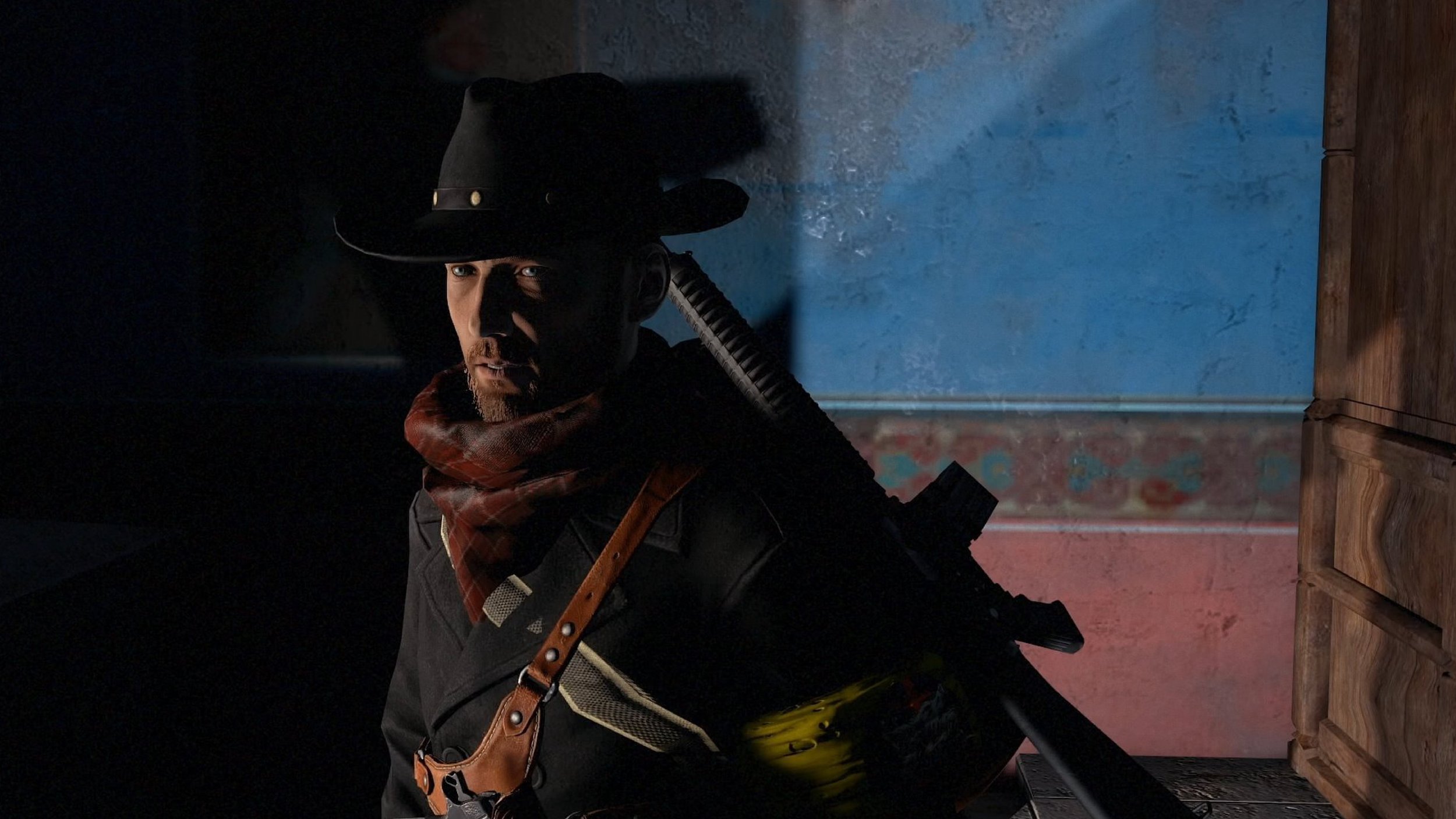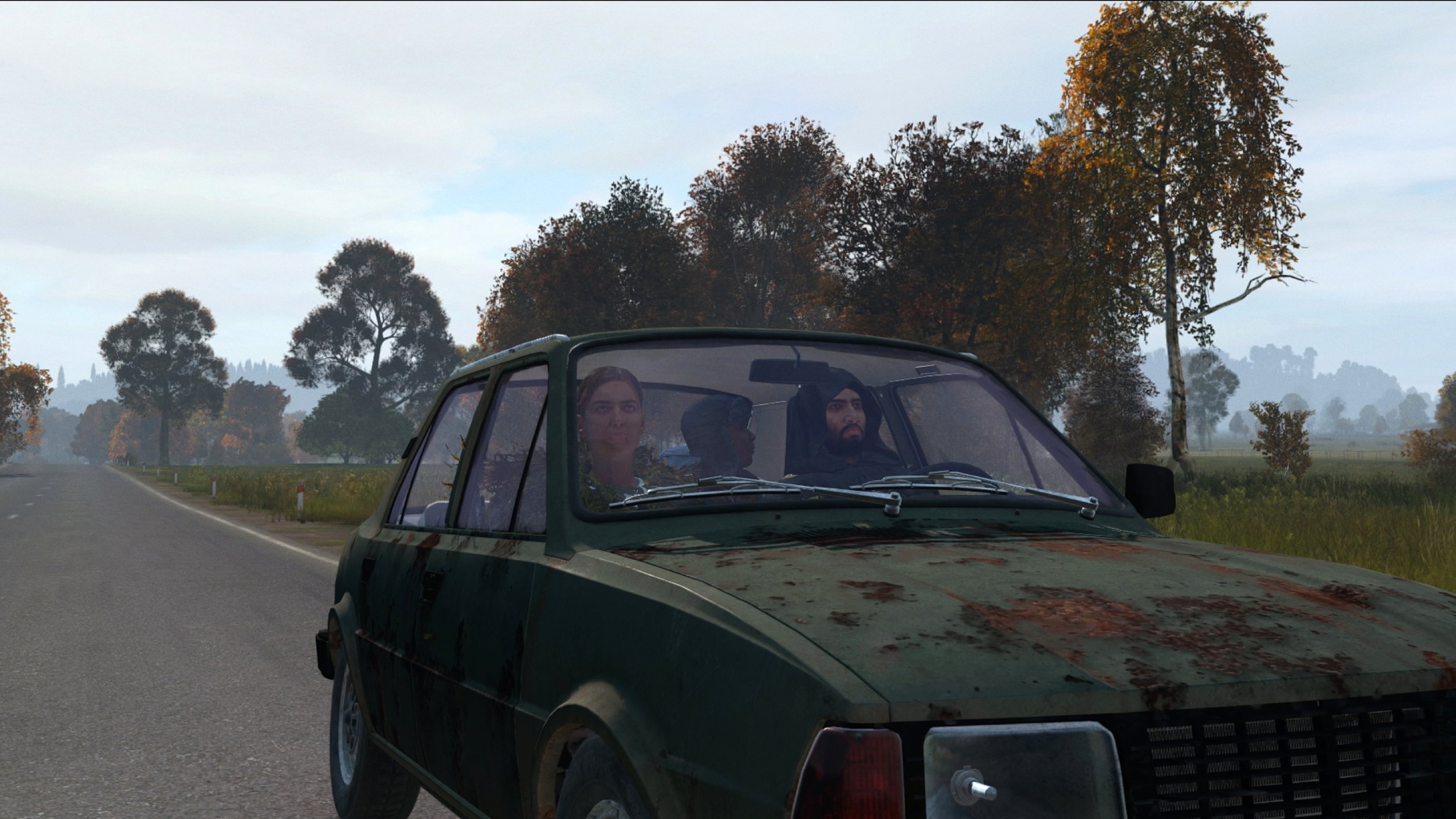Before embarking in their ambitious project Knit’s Island, which will be screened on March 14 2024 at IULM University in the context of the Game Video Essay program, filmmakers Guilhem Causse, Ekiem Barbier, and Quentin L’helgoualc’h directed a machinima documentary set in Grand Theft Auto V titled Marlowe Drive, an experimental film that explores video games environments as a context for making a documentary.
This is how Guilhem Causse describes the film:
A director, Adam Kesher, from David Lynch’s film Mulholland Drive, lands in another fictional Los Angeles. It is in this Hollywood film landscape recreated by Rockstar Games, that this director sets out to find someone to talk to. He is looking for a bridge between the banks of reality and the imaginary. The film takes place on the game's multiplayer platform to meet “real” characters. It collects information on the individuals who inhabit this space and reintegrates the process of documentary filming into a virtual world. In a back and forth between staging and raw capture, the protagonist then lets himself be carried away into the current of a chaotic world that fascinates him, but which gradually overtakes him. Through his character and his encounters, we ourselves discover a virtual world. An autonomous world strangely close to a form of reality.
In other words, the conceptual foundation of Marlowe Drive (2018) was to document the virtual lives of avatars controlled by real people, thereby examining the intersection of our reality with the virtual environments created by video games. This is so meta, it hurts.
At any rate, this initial exploration set the stage for their later work, Knit’s Island, although the two projects engage with virtual spaces in distinctly different ways. The choice of GTA V for Marlowe Drive was deliberate, leveraging the game’s thematic elements of consumerism and the American dream to contrast sharply with the survivalist, post-apocalyptic setting of DayZ, the game chosen for Knit’s Island. This thematic divergence highlights…
Matteo Bittanti
Works cited
Guilhem Causse, Ekiem Barbier, and Quentin L’helgoualc’h, Marlowe Drive, digital video, color, sound, 34”, 2018.
Guilhem Causse, Ekiem Barbier, and Quentin L’helgoualc’h, Knit's Island, digital video, color, sound, 95”, 2022.
Read more about the 7th edition of the Milan Machinima Festival
This content is exclusive to Patreon subscribers. To gain full access, consider joining our vibrant community.


